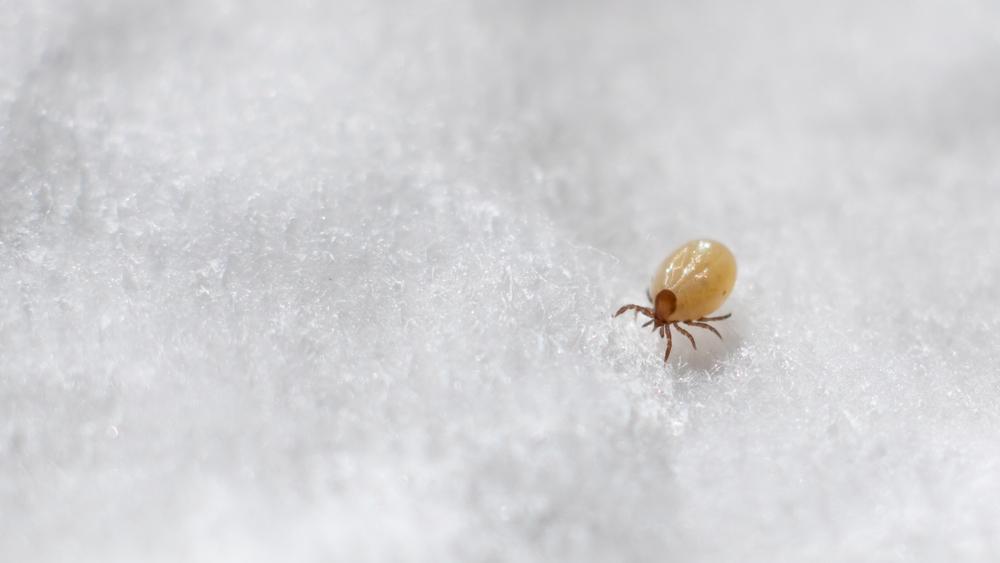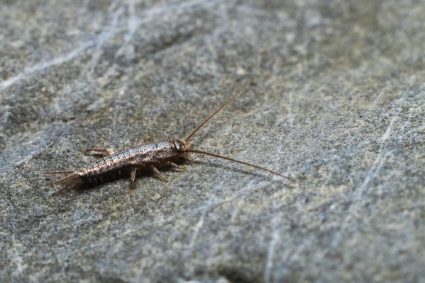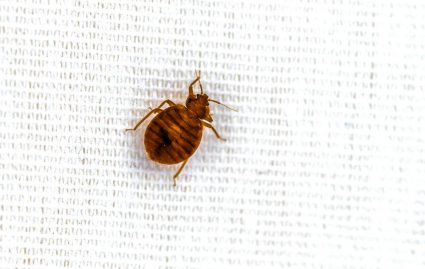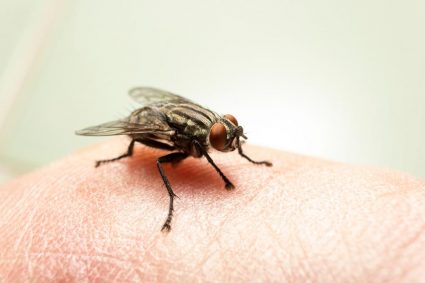
Mange is a skin condition that affects many animals, including house cats. Caused by microscopic parasites known as mites, mange can lead to a range of unpleasant symptoms, including severe itching, hair loss, and skin inflammation. But how do house cats get mange, and how can it be treated and prevented? This article will delve into the details.
House cats can get mange through contact with other infected animals or environments. The condition is caused by parasitic mites that embed themselves in the skin or hair follicles. Outdoor cats or those who spend a fair amount of time outside are at a higher risk of contracting mange. Symptoms include severe itching, hair loss, and skin inflammation. Treatment options range from home remedies to prescribed medications, and prevention strategies include avoiding contact with infected animals and maintaining a clean environment.
What is Mange?
Mange is a type of skin disease caused by parasitic mites. The mites embed themselves in either the skin or hair follicles of the animal, depending on their genus. In mammals, including house cats, this infestation can lead to various skin conditions and fur loss, often referred to as “the mange”.
Types of Mange That Can Affect a House Cat
House cats can be affected by several types of mange, each caused by a different species of mite:
- Canine Scabies (Sarcoptic Mange): Despite the name, these mites can affect cats as well. They cause sores, hair loss, and itching.
- Feline Scabies (Notoedric Mange): These are different from canine scabies but cause similar symptoms.
- Ear Mites (Otodectic Mange): These mites burrow inside the cat’s ears, causing itching and potential damage to the eardrum.
- Walking Dandruff (Cheyletiellosis): These mites are small and white and move around the pet’s body. They can also affect humans.
- Trombiculosis (Chiggers): These mites attach themselves to the cat’s skin and feed on blood before dropping off.
- Demodectic Mange: This is caused by a sensitivity to and overpopulation of Demodex spp. mites. Cats are hosts to Demodex cati. This type of mange is not transferable across species.
How Does a House Cat Contract Mange?
House cats can contract mange through various ways, primarily through contact with other infected animals or environments. Mange is highly contagious and can spread between pets, so it’s important to treat mites as soon as you can. Outdoor cats or those who spend a fair amount of time outside are at a higher risk of contracting mange, especially if they frequent areas where other affected animals may have been.
Symptoms of Mange in House Cats
Mange in cats can cause symptoms such as itching, flaking, hair loss, and inflammation. The mites, along with the cat’s attempts to relieve the itching through scratching, can result in inflamed skin and hair loss. You might see scaly patches of skin, sores, or scabs on your cat.
Diagnosis of Mange in House Cats
Mange in house cats can be diagnosed through a combination of physical examination and skin scrapings collected from the affected area. Veterinarians will examine the skin scrapings under a microscope to look for evidence of mange mites. In some cases, a skin biopsy may be necessary to confirm the diagnosis.
Treatment Options for Mange in House Cats
Once diagnosed, there are several treatment options available. These can include home remedies, medication, FDA-approved eardrops, oral medication, lime sulfur dips, and Ivermectin injections.
Prevention of Mange in House Cats
Prevention involves keeping your pet away from infected animals, maintaining a clean environment, and boosting your cat’s immune system by feeding them a well-balanced diet packed with nutrients. Practicing good grooming habits and washing your hands after handling other animals can also help keep mange at bay.
In conclusion, while mange can be a distressing condition for both cats and their owners, it is treatable and preventable. By understanding how cats contract mange, recognizing the symptoms, and knowing the treatment options, you can ensure your furry friend stays healthy and happy.
Frequently Asked Questions
How long does it take for mange to clear up in cats?
The duration for mange to clear up in cats can vary depending on the severity of the condition and the effectiveness of the treatment. However, treatment generally lasts for at least one month, and in some cases, it may take several months for the condition to fully resolve.
Can humans get mange from cats?
Yes, humans can get mange from cats, especially the types of mange caused by Sarcoptic and Cheyletiella mites. However, these infestations in humans are generally self-limiting and will clear up on their own once the source of the infestation (the pet) is treated.
Is mange in cats painful?
Mange can cause significant discomfort for cats due to severe itching and inflammation. While it may not be painful in the traditional sense, the constant scratching can lead to open sores and secondary infections, which can cause pain.
Can indoor cats get mange?
Yes, indoor cats can get mange, although the risk is significantly lower than for outdoor cats. Indoor cats can be exposed to mites through other pets in the household or through contaminated items such as bedding or grooming tools.
Can mange in cats be fatal?
While mange itself is not usually fatal, severe cases can lead to serious complications such as secondary skin infections and general poor health, especially in cats with compromised immune systems. Therefore, it’s essential to seek veterinary treatment promptly if you suspect your cat has mange.











